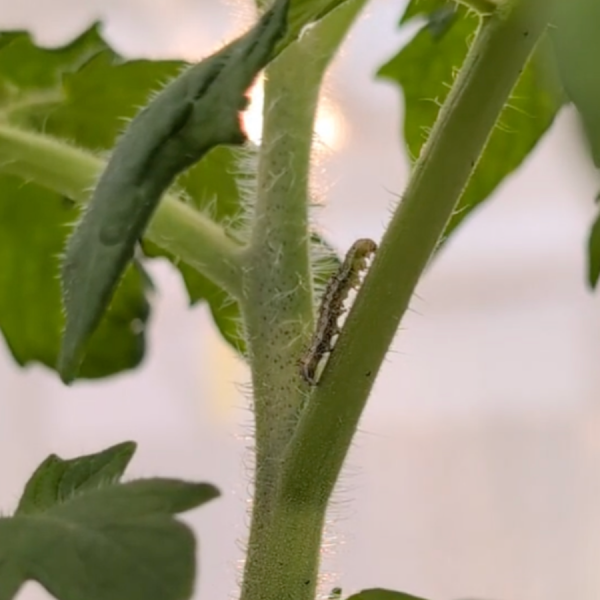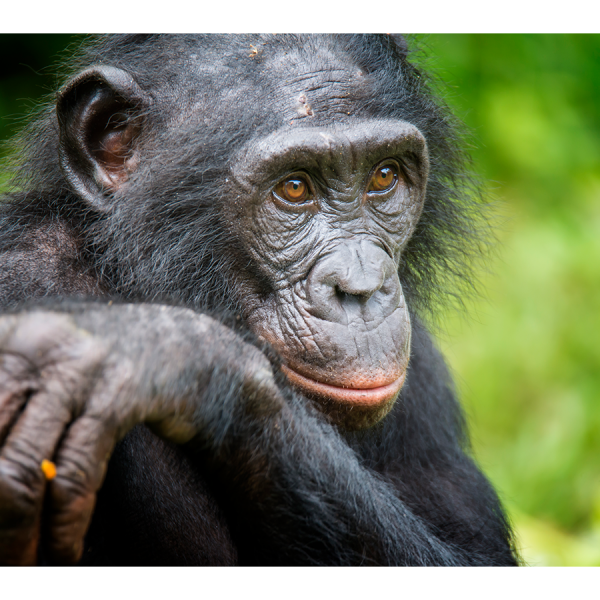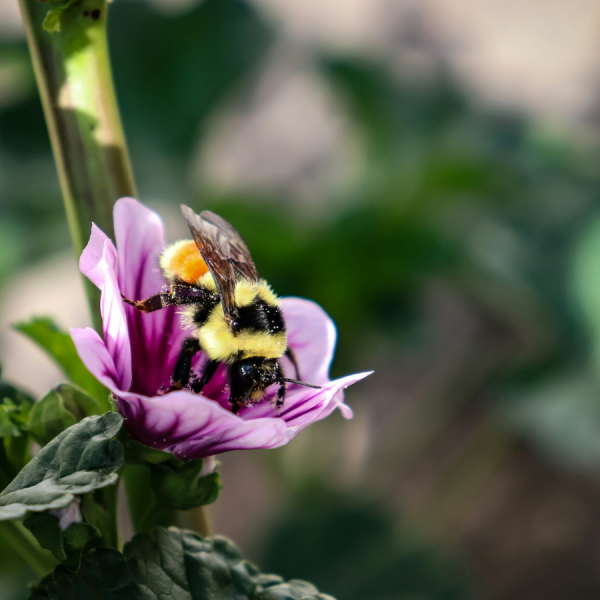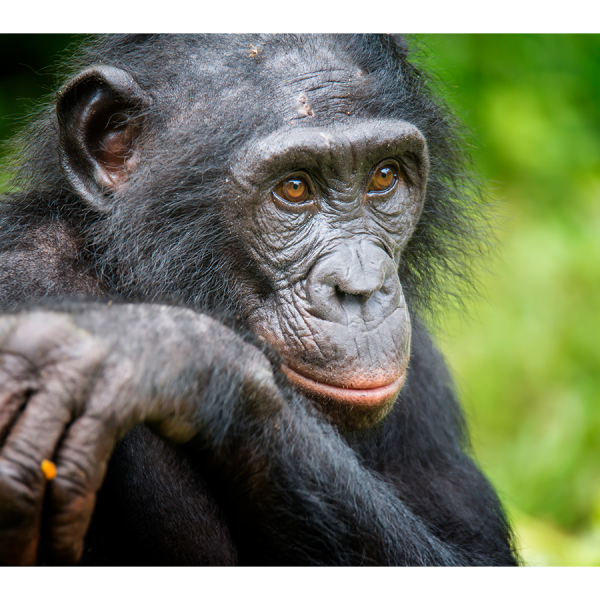News

Apr 24, 2025
Grozinger appointed to National Academies committee on insect declines
The National Academies of Sciences, Engineering, and Medicine recently appointed Christina Grozinger, Publius Vergilius Maro Professor of Entomology and director of the Huck Institutes of the Life Sciences at Penn State, to an 18-member study committee to examine the status of insects in North America.
Full Article

Apr 22, 2025
High-tech sticker can identify real human emotions
A team led by scientists at Penn State has created a stretchable, rechargeable sticker that can detect real emotions — by measuring things like skin temperature and heart rate — even when users put on a brave face.
Full Article

Apr 21, 2025
Focus on sanitation and clean water may improve control of endemic cholera
Pathogens that persist in hosts and environments may require tailored management strategies, according to new study of endemic cholera interventions in Sub-Saharan Africa.
Full Article

Apr 16, 2025
Foraging on the wing: How can ecologically similar birds live together?
New study uses modern molecular and evolutionary techniques to reassess a foundational, 67-year-old study in warblers.
Full Article

Apr 16, 2025
Feeling salty? Increased salt stress reduces tomato pest activity
Increased soil salinity can reduce damage from prominent tomato pests such as the tomato fruitworm, according to researchers at Penn State. They published their findings in the Journal of Plant, Cell and Environment.
Full Article

Apr 09, 2025
Complete genome sequences of six ape species unveiled
Differences among the DNA of seven ape species — including humans — are greater than originally thought, according to an international team led by researchers at Penn State, the National Human Genome Research Institute, and the University of Washington.
Full Article

Apr 10, 2025
Even sublethal insecticide dose may disrupt pollinator mating process
Insecticides can help protect crops against troublesome pests, but they also pose a risk for beneficial insects such as pollinators. A new study led by researchers at Penn State provided insight into how even sublethal doses of insecticides can negatively affect pollinators by disrupting the mating process.
Full Article

Apr 09, 2025
Complete genome sequences of six ape species unveiled
Previously inaccessible regions reveal novel insights that may advance understanding of evolution and conservation genetics for endangered apes as well as human health.
Full Article

Apr 10, 2025
Q&A: Can artificial intelligence growth and sustainability go hand in hand?
Optimizing AI to use less energy and protect the environment
Full Article

Apr 07, 2025
Forty-two graduate students recognized with University awards
Annual awards celebrate graduate students' impact in research, scholarship, teaching, outreach and more.
Full Article